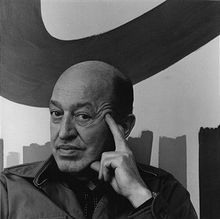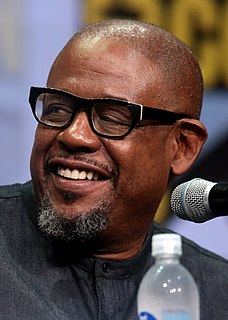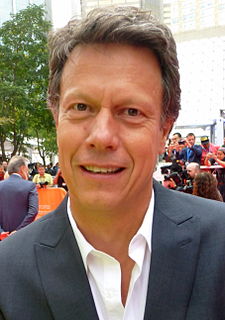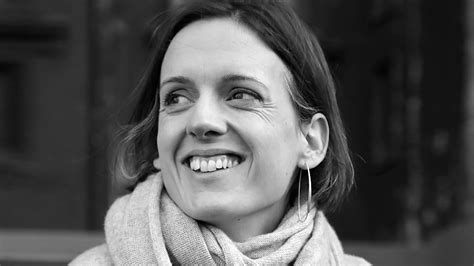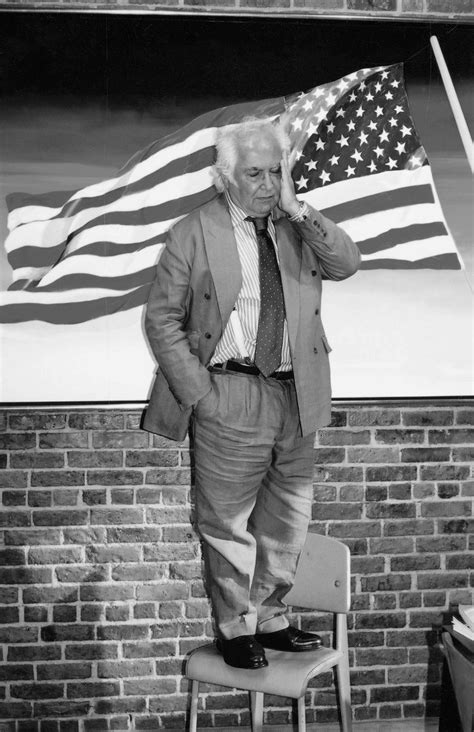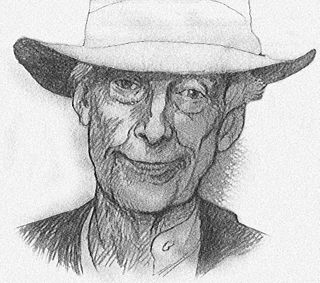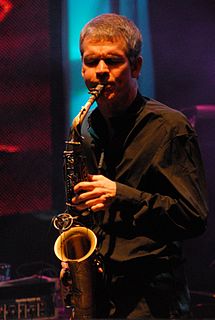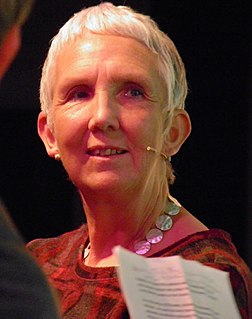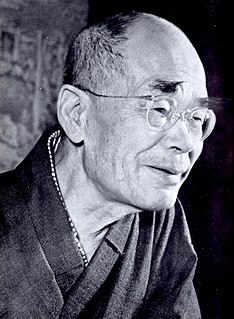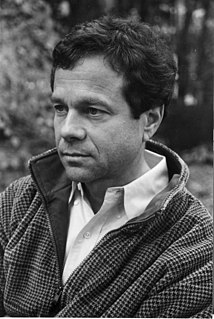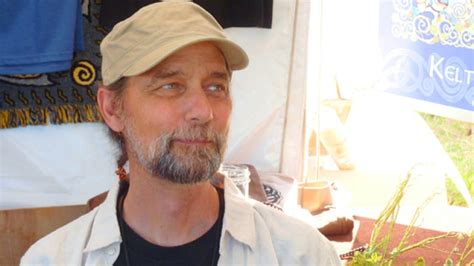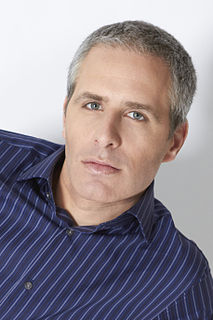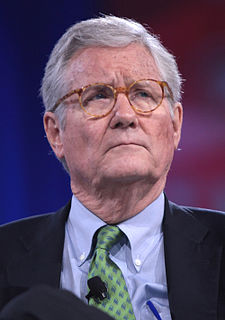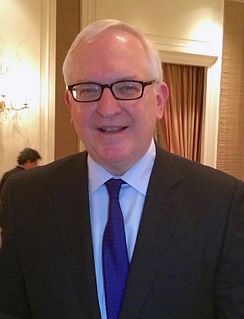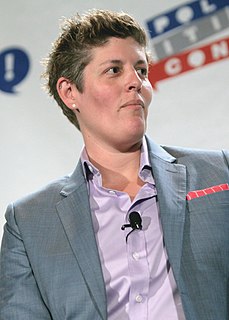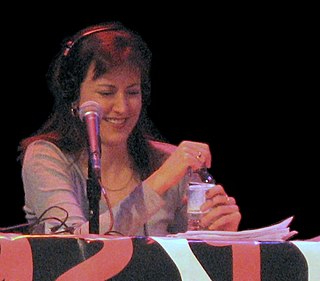A Quote by Max Kellerman
A piece of art - this goes for a painting or a sculpture or a book or whatever - really shouldn't have to do with the set of expectations that the viewer or the audience or the reader brings to that work. It should just have to do with how they interpret it and whether they like it or not.
Related Quotes
I realized early in my career that precisely what one reader doesn't like is what another reader loves. Collectively, any writer's audience presents a mishmash of expectations that can never all be met. What one-tenth of my readership may not be crazy about the other nine-tenths savors. The moment you start altering a book or a painting or any type of art as if it's a public collaborative, you crucify its soul. I'd rather irritate a few people and delight a lot than touch no one." ~ Karen Marie Moning
The question I ask myself when adapting a book is how do I be true to the spirit and soul of the character? How would I describe this character in my medium? If you asked one person to do a painting of something and another to create a sculpture of it, you'll never ask, 'Why doesn't the painting look like the sculpture?'
But to demand that a work be “relatable” expresses a different expectation: that the work itself be somehow accommodating to, or reflective of, the experience of the reader or viewer. The reader or viewer remains passive in the face of the book or movie or play: she expects the work to be done for her. If the concept of identification suggested that an individual experiences a work as a mirror in which he might recognize himself, the notion of relatability implies that the work in question serves like a selfie: a flattering confirmation of an individual's solipsism.
I'm happy that the evolution of art in the past 25 years, and the place of art in global culture-and even finance-has gotten to be so important. One thing I'm really proud of is the fact that now anybody can do anything. The work can be small or large, painting or sculpture, whatever it might be-it's all viable, and it can come from any part of the world. So the idea of democracy has really taken hold.
Until film is just as easily accessible as a pen or pencil, then it's not completely an art form. In painting, you can just pick up a piece of chalk, a stick, or whatever. In sculpture, you can get a rock. Writing, you just need a pencil and paper. Film has been a very elitist medium. It costs so much money.
I'd been to Stourhead and was inspired by the perfect parity between architecture and art; in fact, the architecture is the art. I wrote a piece called 'Not Sculpture Park,' because most of these things become car parks for bought-in sculpture. The artists should be working with the site, not just plonking pieces down.
I feel like what's most important for painting - which has been hierarchically on the top for a really long time in terms of what is considered fine art, by comparison with something like a comic book or what's considered low art - is that painting should open up laterally to include other cultures and things that don't immediately resonate as a painting but are obviously of equal contribution to the genre.
For me, architecture is an art the same as painting is an art or sculpture is an art. Yet, architecture moves a step beyond painting and sculpture because it is more than using materials. Architecture responds to functional outputs and environmental factors. Yet, fundamentally, it is important for me to stress the art in architecture to bring harmony.
The book is finished by the reader. A good novel should invite the reader in and let the reader participate in the creative experience and bring their own life experiences to it, interpret with their own individual life experiences. Every reader gets something different from a book and every reader, in a sense, completes it in a different way.
People want to know those details. They think it gives them greater insight into a piece of art, but when they approach a painting in such a manner, they are belittling both the artist’s work and their own ability to experience it. Each painting I do says everything I want to say on its subject and in terms of that painting, and not all the trivia in the world concerning my private life will give the viewer more insight into it than what hangs there before their eyes. Frankly, as far as I’m concerned, even titling a work is an unnecessary concession.


